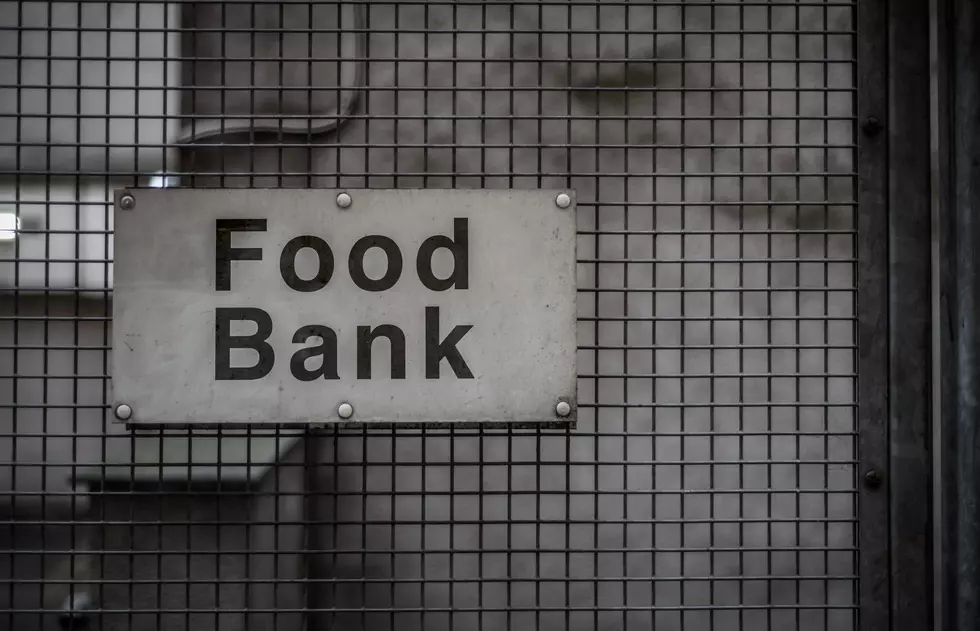
AFBF: H2-A Wage Changes Increasing Cost Of Ag Labor
Increases in the minimum wages mandated under the H-2A program present a challenge to farmers who are already facing tight margins. Veronica Nigh, American Farm Bureau Federation economist, said the number of certified positions under the program increased 10% year over year. She added that’s helping to drive up the H-2A adverse effect wage rate.
“AEWR as it’s more easily said is the wage that employers through the H-2A program have to pay their employees. It’s a regional weighted-average rate, but it’s basically the minimum you have to pay workers through the H-2A program. And the national average is $12.96, which is up six percent compared to where we were in 2018.”
Nigh added the biggest increases are found here in the West, with increases between 15% and 23%. She said the increase represents a challenging economic environment for farmers and ranchers.
“It’s making it more difficult for farmers to plan. And as we look at net farm income being down 44 percent this year compared to where we were back in 2013, we’re all feeling those squeezed margins. Especially on the fruit and vegetable side; labor is their largest cost. So, when you start seeing increases of six percent, it starts really pulling at the margins for those farmers who are already experiencing a pretty challenging economic time.”
If you have a story idea for the Washington Ag Network, call (509) 547-1618, or e-mail gvaagen@cherrycreekradio.com
More From PNW Ag Network









